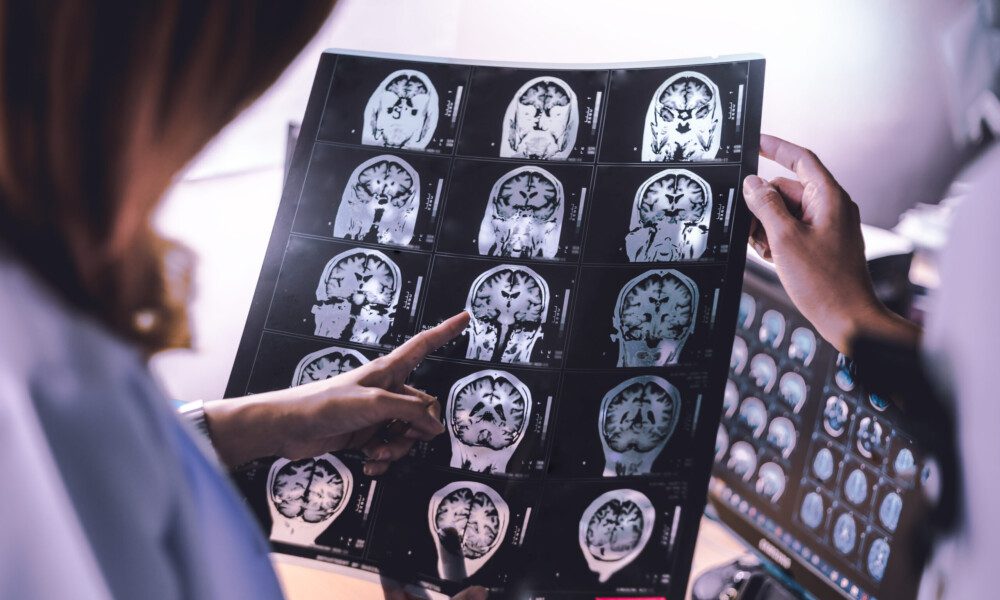Imagine this scenario: An ordinarily healthy man suddenly feels dizzy and weak, his speech slurs, and one side of his face droops. He recognizes these as possible signs of a stroke, and he rushes to the emergency room, desperate for help. Despite presenting with classic stroke symptoms, doctors dismiss his concerns, diagnose him with something less urgent, and send him home. The window of opportunity for life-saving intervention closes, leaving him permanently paralyzed, brain damaged, or the unimaginable – fully conscious but unable to communicate, trapped inside his own body.
This isn’t just a hypothetical. It’s the tragic reality for many patients across the U.S. who fall victim to stroke misdiagnosis and mismanagement. Stroke is one of the leading causes of death and long-term disability, with nearly 800,000 Americans experiencing a stroke every year. For these individuals, every second counts—yet too often, medical professionals fail to act in time.
A Devastating Case of Stroke Misdiagnosis: Locked-In Syndrome
One of the most heart-wrenching cases handled by Bell Law Firm involves a man who suffered what is known as “locked-in syndrome” due to a misdiagnosed brainstem stroke. Locked-in syndrome is a rare condition where the patient is fully aware of their surroundings but unable to move or communicate except through eye movements. In this case, the man, Jonathan Buckelew, sought medical help immediately, yet a series of errors by his healthcare providers left him permanently paralyzed.
Despite presenting with clear signs of a stroke, the medical team failed to administer appropriate tests and treatments within the critical window for intervention. By the time they realized their mistake, it was too late. Jonathan’s life was irrevocably altered. With Bell Law Firm’s help, his family secured the largest medical malpractice verdict in Georgia history—a staggering $75 million—but no amount of money can restore his previous quality of life.
This case is just one example of the catastrophic effects that stroke misdiagnosis can have on individuals and families. While legal action provided some closure, the impact of such an error will last a lifetime.
Why Stroke Misdiagnosis Happens
In a case like Jonathan’s, how could something so serious be missed? Strokes are medical emergencies that require quick and accurate diagnosis. When a stroke is caught early, interventions like clot-busting drugs or surgical procedures can save lives and significantly reduce long-term damage. But in the fast-paced environment of an emergency room, the early signs of a stroke can be overlooked or mistaken for other less severe conditions.
A white paper from Coverys, which analyzed malpractice data, revealed that diagnostic errors are responsible for 26% of all medical malpractice events. Even more alarming, 52% of diagnostic errors related to strokes and other vascular events result in death or severe injury.
Several factors contribute to stroke misdiagnosis:
- Failure to recognize symptoms: Stroke symptoms can sometimes be subtle or mistaken for other conditions, such as migraines, vertigo, or intoxication. Dizziness, confusion, and headaches may not immediately raise red flags, especially if the patient is young or doesn’t present with the typical risk factors like hypertension or heart disease.
- Being female: Women are less likely to receive appropriate diagnosis and treatment for acute stroke. In one published study, women had 25% lower odds of receiving a proper stroke diagnosis. A higher frequency of atypical stroke symptoms in women may contribute to this.
- Biases and assumptions: Cognitive biases, such as anchoring or confirmation bias, can cause doctors to fixate on their initial impressions. If the first set of symptoms doesn’t scream “stroke,” they may not consider it in their differential diagnosis.
- Misinterpretation of tests: CT scans and MRIs are crucial tools for diagnosing strokes, but they can be misread or delayed, especially in busy emergency departments.
Taking Action: What to Do if You’re a Victim of Stroke Misdiagnosis
If you or a loved one has experienced a stroke misdiagnosis, it’s crucial to understand that you have legal options. Medical malpractice law exists to hold healthcare providers accountable when their errors cause harm. Here’s what you should do if you suspect a stroke was misdiagnosed or mismanaged:
- Gather Medical Records: These are vital for determining whether there were any diagnostic or treatment errors.
- Consult with a Medical Malpractice Attorney: An experienced firm like Bell Law Firm can help assess whether medical negligence occurred and what compensation you may be entitled to.
- File a Claim: Keep in mind that there are strict time limits, known as statutes of limitations, for filing medical malpractice claims. It’s important to act quickly.
At Bell Law Firm, we understand the complexities of stroke misdiagnosis cases. We work with medical experts to analyze every detail and fight to ensure that victims and their families receive the compensation they deserve. Our record-setting verdicts demonstrate our commitment to holding negligent providers accountable. Contact us today for a free consultation.

